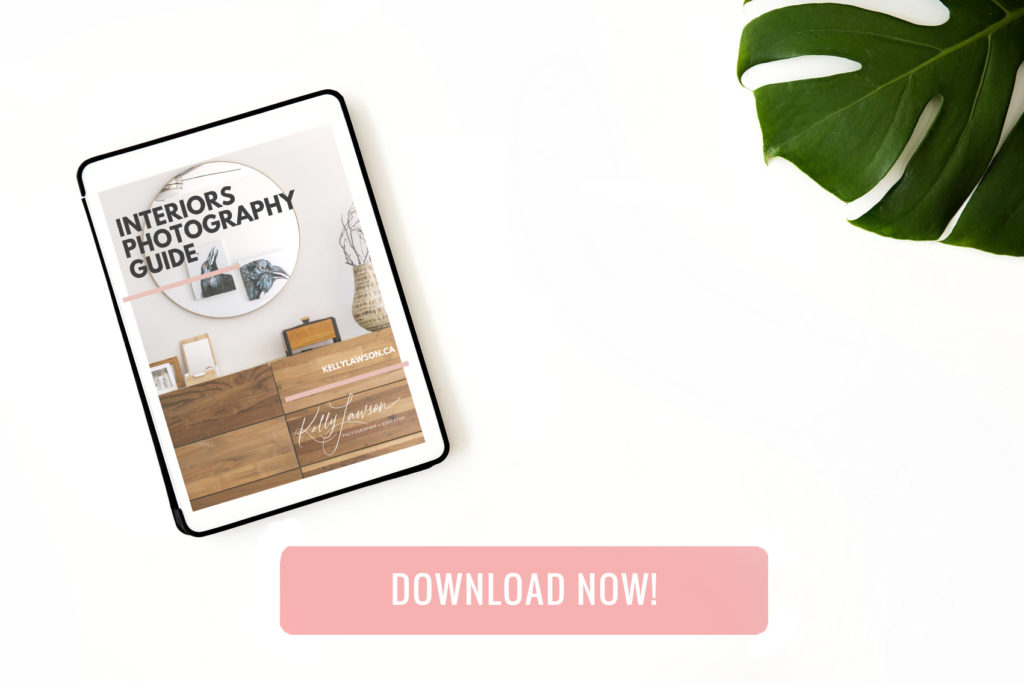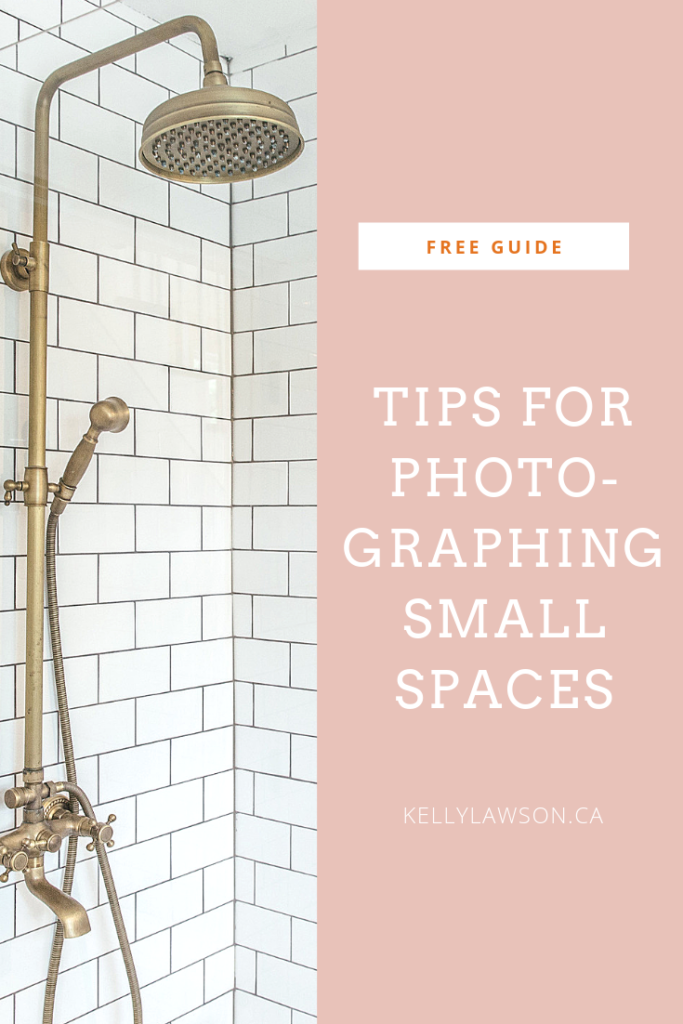
I have photographed hundreds, if not thousands of houses so far in my photography career. And without fail, there is at least one tiny room in almost every home. If you have ever attempted to photograph interiors before, it is likely already no secret to you that there can be incredibly small and challenging spaces to shoot such as tight washrooms, powder rooms, home offices
- Use a tripod
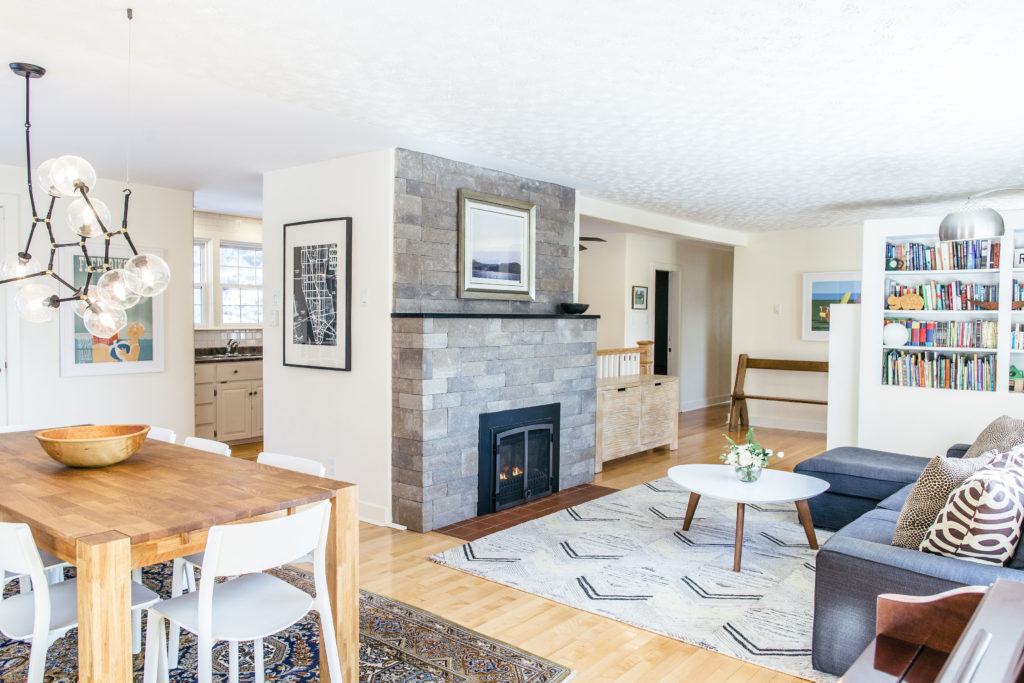
A tripod does a couple of things. Firstly, it can eliminate the need for YOU to be standing behind your camera or smartphone. Removing the need to have your body behind the device that you are shooting with can free up some seriously valuable space. If you are using a phone, you can flip to the front camera and set your timer. With your DSLR camera you can level your device using a tripod level, or you can tether your DSLR to your computer so that you can see the shot you are taking!
2. Get high or get low
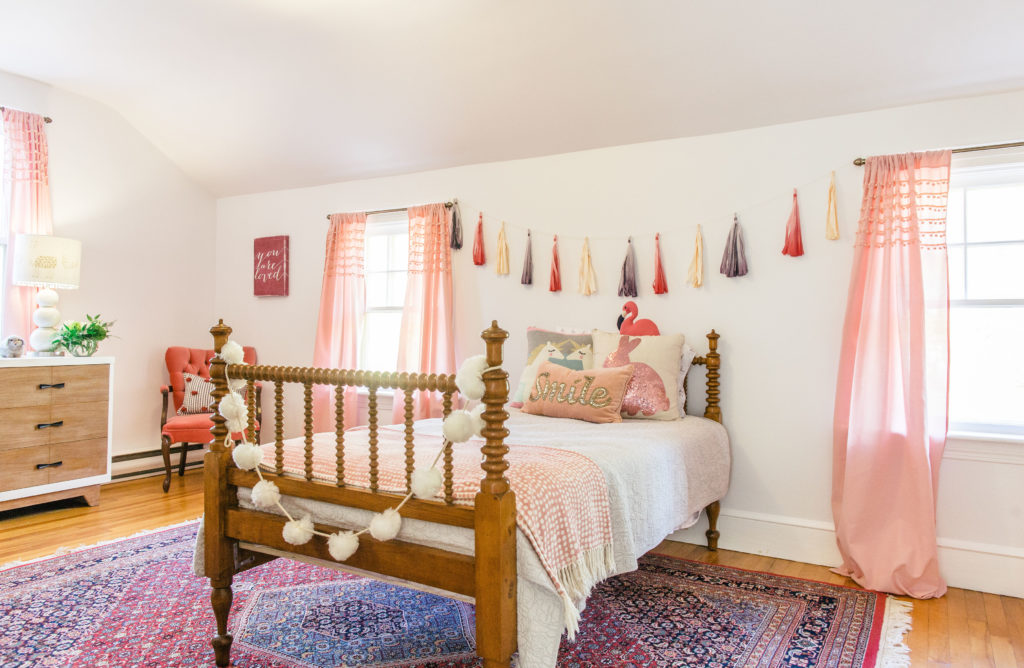
I am definitely not normally a fan of angled shots for interiors. In fact, most of the time I will tell you to do wha you gotta do to take your interiors photos “straight on” so that crooked linear lines such as countertops and fixtures don’t ruin your photo composition. However, once in a small while I will make an exception and shoot a small washroom or powder room by either getting down low and angling up, or getting up high and angling down to make sure that important fixtures make it into the frame.
3. Take a “snippet”
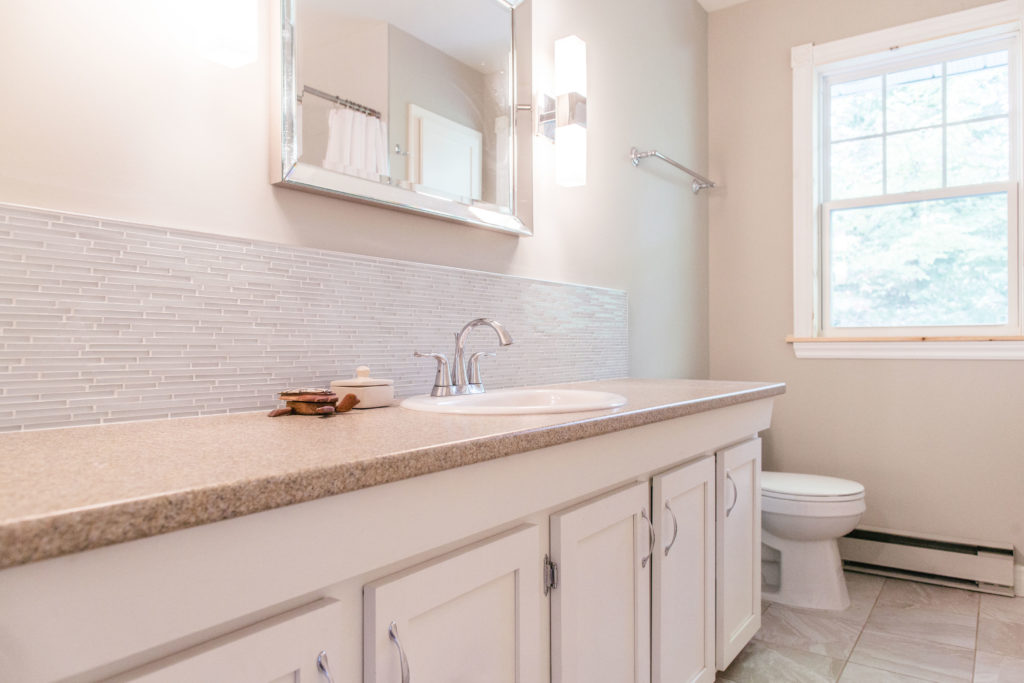
More so than angled shots, I prefer shots that represent an aesthetically pleasing “snippet” of a room. Sure it leaves a few things to the imagination, but if done right, it will pique the interest of the viewer!
4. Use a wide angle lens
For the DSLR users, you will want to have a lens on hand that is a wide angle. I prefer not to go much wide than 24mm to avoid the fish-eye effect, but you can certainly take it down to 18mm to include as much of the space into the frame as possible.
5. Shoot from outside
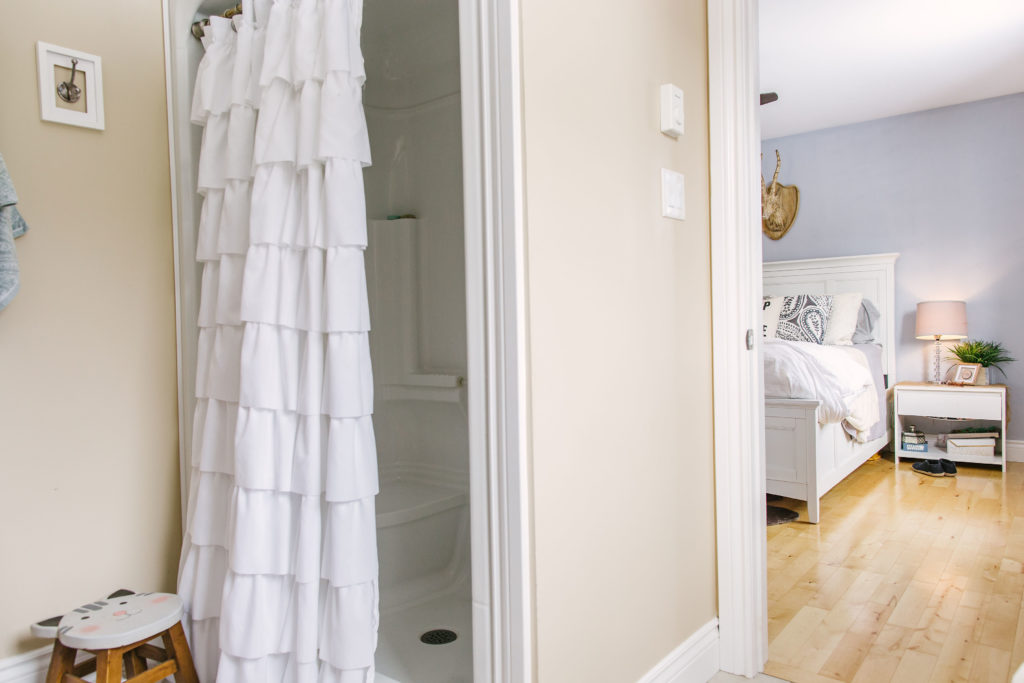
Don’t forget to think outside of the box, literally! Look around the small space you are photographing for opportunities to stand outside of the doorframe or perhaps outside of the window to shoot into the room.
